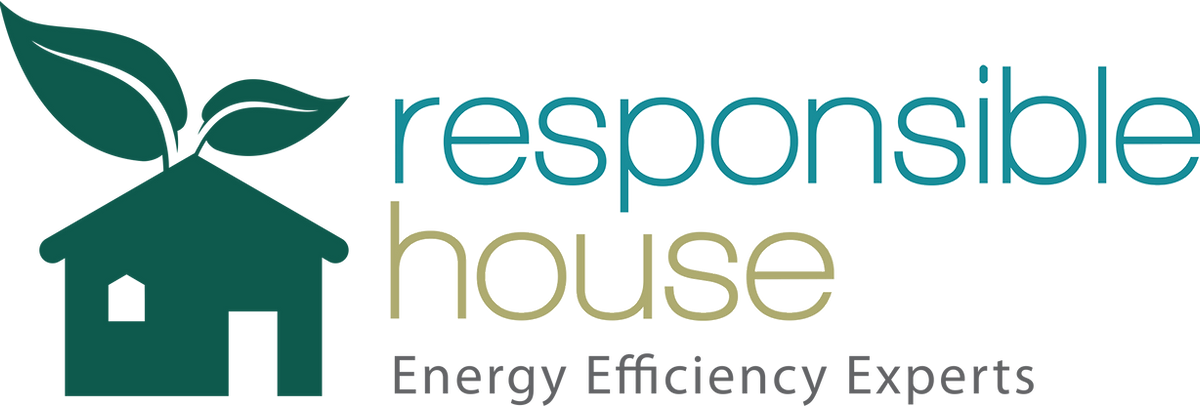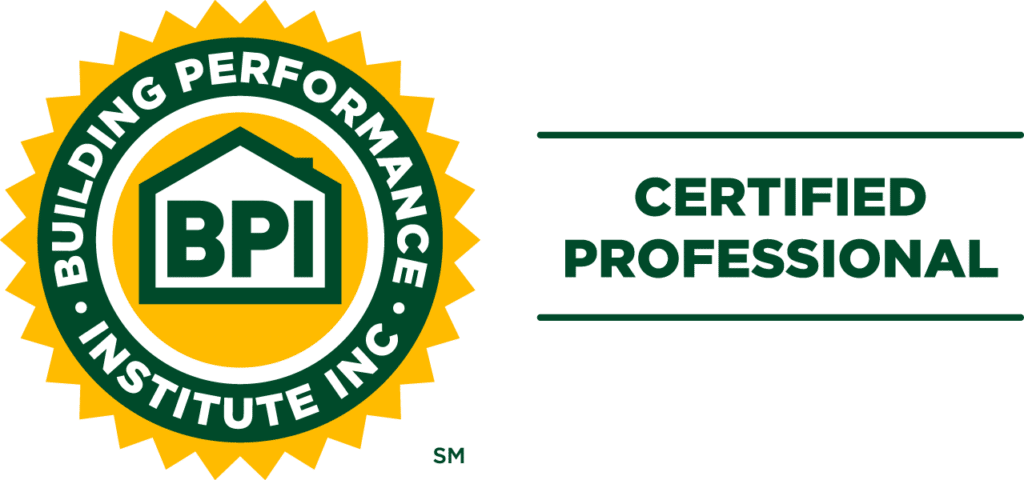Your crawl space might not be the first place that comes to mind when you think of energy efficiency and whole-home health, but you may be surprised to learn that it has a large impact on both. Not only does a crawl space often house ductwork, plumbing, and HVAC equipment, but a significant portion of the air in your living spaces can originate from the area beneath your home as well.
At Responsible House, we understand the importance of taking care of your crawl space and how it relates to maintaining a healthy home in Waynesboro, Charlottesville, and surrounding areas. Using a building science approach to our work, our team can identify issues in your crawl space and find reliable solutions with long-term results with our crawl space repair services.
The Risks of an Unprotected Crawl Space
There are many problems that can arise from your home’s crawl space; from poor indoor air quality and pests to expensive heating and cooling costs. We have a crawl space under only a part of our home that was added on in the 60s. Before we used spray foam under the subfloor in our crawl space, moisture would build up in and migrate into the room wherever it rained. This is common in crawl spaces. If you have the joy of exploring crawl spaces after a heavy rain, you will discover the same.
Once we upgraded our insulation we knocked that moisture problem out. Also, in the winter on cold days, it was common for us to feel breezes coming in, especially around our radiators. After we spray-foamed, we no longer felt that breeze coming through the floor. This room is now more comfortable and has better indoor air quality as a result.
The Stack Effect
In the winter time when we’re heating our houses, that warm air rises and leaves out through holes in your house, typically in the top plane of your home. These holes are everywhere – around your light fixtures, around ductwork, plumbing chases, near chimneys and fireplaces. There can even be holes in your home’s framing and cracks in the drywall.
As this air leaves, it is replaced down low by whatever air is available, typically from a crawl space or basement. During the winter when your home is warmer than the air outside, warm air will try to escape through your home—especially a poorly insulated attic with significant air leaks. This creates a vacuum, known as the stack or chimney effect, that pulls cool air from your crawl space into your living spaces. In the summer, the opposite occurs and cool, conditioned air from your home will sink down into your crawl space.
This phenomenon will not only cause unnecessary wear and tear for your HVAC system, but it can have a significant impact on your indoor air quality as well. When the air in your home is replaced with stagnant air from your crawl space, pollutants will come with it.
Moisture & Mold Growth
Mold thrives in damp environments, which is a common occurrence in a crawl space that’s left exposed to the elements. Once mold starts growing in your home it can be difficult to remove, but air sealing can prevent it from occurring in the first place. Unfortunately though, moisture doesn’t even need to lead to mold growth to cause harm to your home.
As moisture accumulates in your crawl space, it can cause wood rot and severe structural damage, which puts your family at risk. Excess moisture also attracts pests, like insects and mice, and an unsealed crawl space allows for easy access into your living spaces. Every fiberglass insulation removal we have done in a crawl space has had evidence of rodents.
High Energy Bills
An unsealed crawl space allows the outside air to easily infiltrate your home, which can increase your heating and cooling costs all year round. In the winter, cold air will enter your home via your crawl space and make your home harder to keep warm. This causes your HVAC system to work harder than it needs to in order to compensate and can even shorten its lifespan.
Throughout the summer, warm, humid air is welcomed into your home, which leads to higher condensation and humidity levels, and more work for your home’s air conditioner.
The Solution: Spray Foam Insulation
The best way to keep your home protected from crawl space issues is to install spray foam insulation underneath the floorboards. Spray foam insulation works to both air seal and insulate and will cut off the musty air found in your crawl space from the rest of your home. This solution also offers several other whole-home benefits, including:
- Lower indoor humidity
- Healthier indoor air quality
- Lowered risk of pests
- More home comfort
- Reduced energy bills
During a free consultation, the Responsible House team can help you determine the best plan of action for your crawl space so you can maximize your benefits.
Crawl Space Encapsulation
Another way to keep your home protected from the many issues that can originate from your crawl space is to seal it off from the outside elements with encapsulation. This service essentially closes off your crawl space from air leaks, uneven outdoor temperatures, and moisture intrusion to include it in your home’s thermal envelope.
At Responsible House, we have a tried and true method for crawl space encapsulation that’s backed by building science to help make your home healthier, more comfortable, and more energy efficient.
- Inspection
- Air sealing & insulation
- Vapor barrier installation
- Dehumidifier installation
For nearly 30 years, Responsible House has been helping families throughout Central Virginia find the most effective solutions to their home health, comfort, and efficiency problems. With years of experience in general contracting and a core understanding of the science behind a building, our team is fully equipped to help make your home a Responsible House. Crawl space encapsulation even qualifies for tax credits up to 30% of the cost of insulation and air sealing, up to $1,200, which can help make this crucial home upgrade more affordable.




